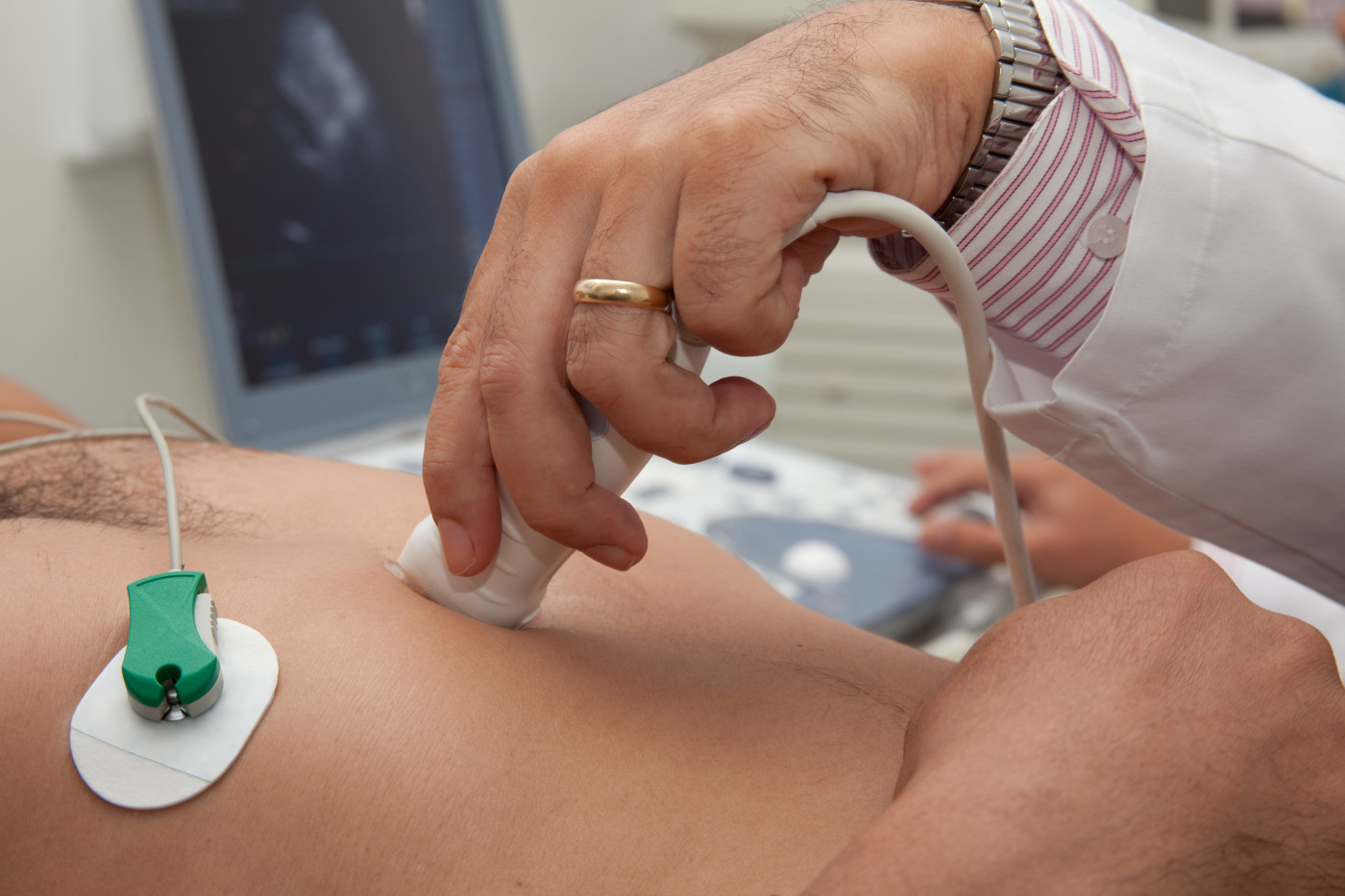Poor Right Atrium Function Impacts Disease Outcome in Idiopathic PAH, Researchers Say

Researchers found that impaired right atrium (RA) function in patients with idiopathic pulmonary arterial hypertension (PAH) carries a worse prognosis, or expected outcome. The right atrium is the upper chamber of the heart that pumps blood from the veins into the right ventricle (RV).
The study, “Right atrial function and prognosis in idiopathic pulmonary arterial hypertension,” was published in the International Journal of Cardiology.
Overall, 104 patients with idiopathic PAH were included in the study. The average age was 58, and 70 of the participants were women. Hemodynamics were measured at the outset using right heart catheterization. At the same time, the strain rate (SR, a measure of the level of function of heart chambers) of the right atrium and right ventricle were measured by transthoracic Doppler echocardiography, an ultrasound examination of the heart that is noninvasive.
The event rate, which indicates clinical worsening, and average survival time free of clinical worsening were 6.1% and 23.5 months, respectively, in patients with normal RA and RV strain rates. In patients with impaired RA and normal RV strain rates, event rates rose to 45% and survival time free of clinical worsening dropped to 20.9 months.
Patients with normal RA and impaired RV strain rates had an event rate of 56.2% and were free of clinical worsening for an average of 17.7 months. The worst outcome was seen in patients with impairment of both RA and RV strain rates: 87.5% experienced PAH-related events and only went 12.9 months without clinical worsening.
These results indicate that impaired RA strain rates contribute to a poorer prognosis in idiopathic PAH.
“Our data suggest that RA function has prognostic value in idiopathic PAH, where a poorer RA function, as explored by strain and [strain rate] analysis, is associated with a worse outcome,” the researchers wrote.
“When our patient population was categorized into groups according to RA and RV function, patients with impaired RA and RV function showed the worst prognosis, lending support to the key role of the right atrium in disease progression,” they continued.
“In conclusion, our data support the critical role of the right atrium in total right heart function in the setting of idiopathic PAH. Moreover, our findings suggest that increased RA size and a poor RA function, as explored by strain and [strain rate] analysis, are associated with a worse outcome in idiopathic PAH patients.”
Additional studies are needed to confirm the “incremental value of RA deformation beyond conventional assessment of RA size in idiopathic PAH patients,” researchers concluded.







